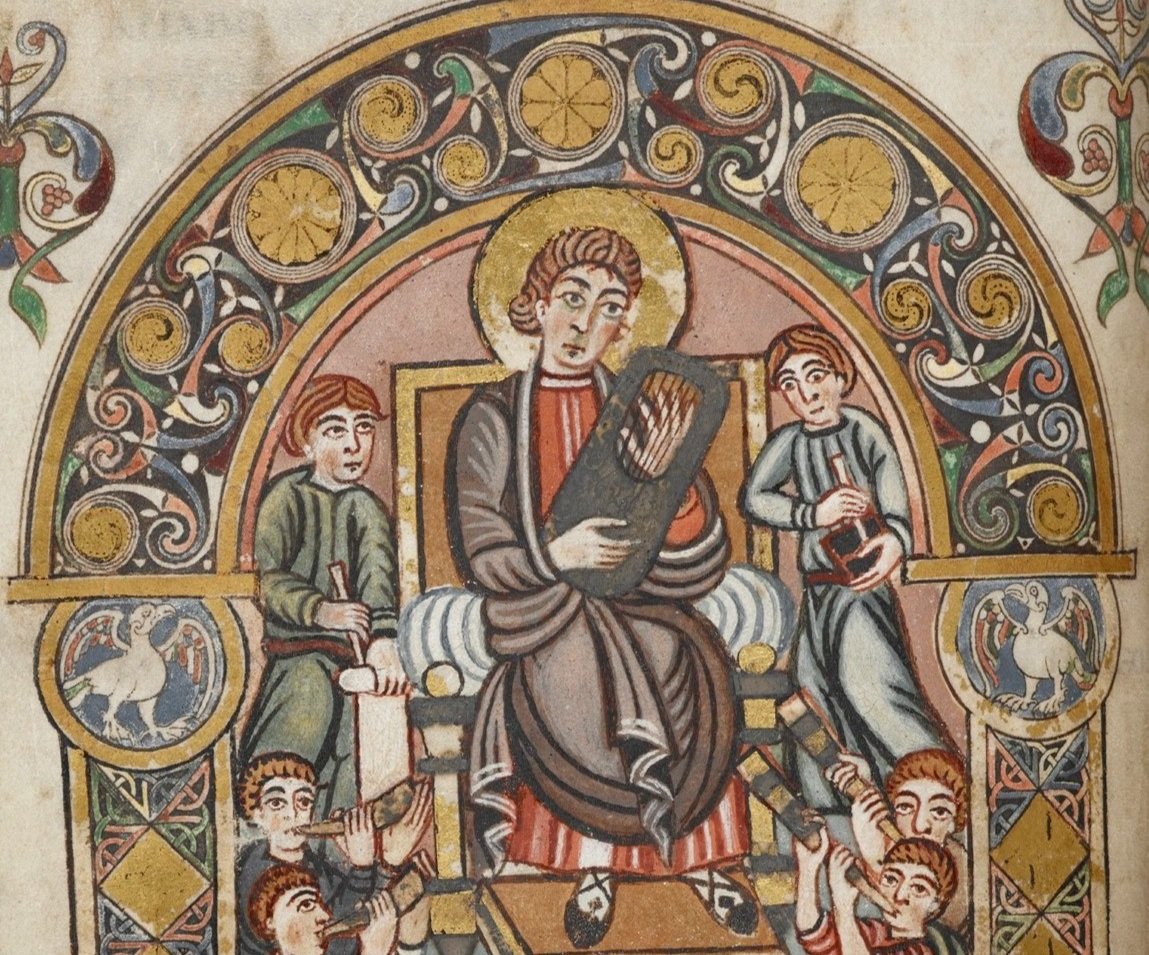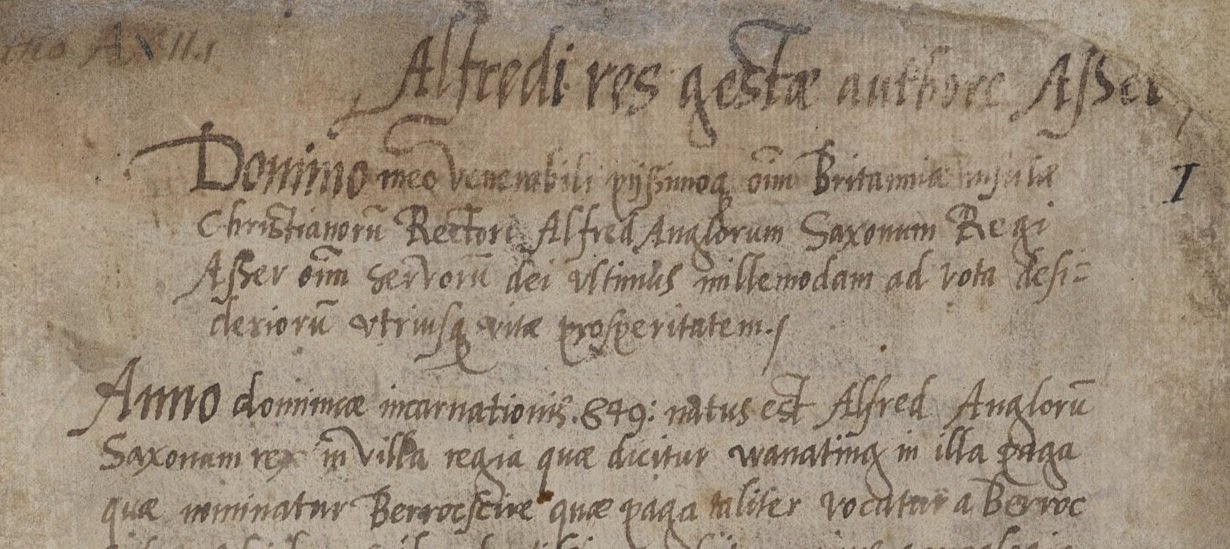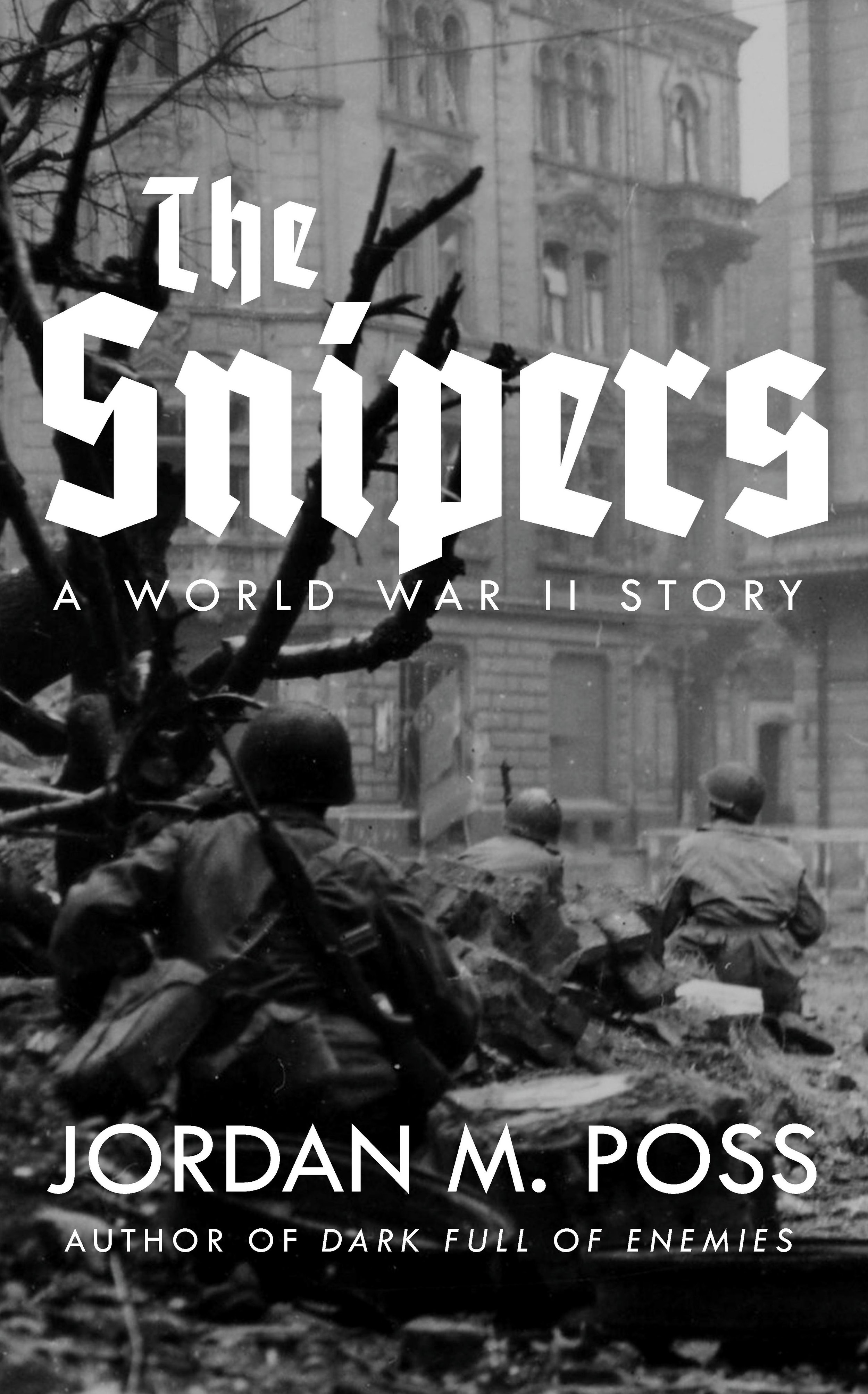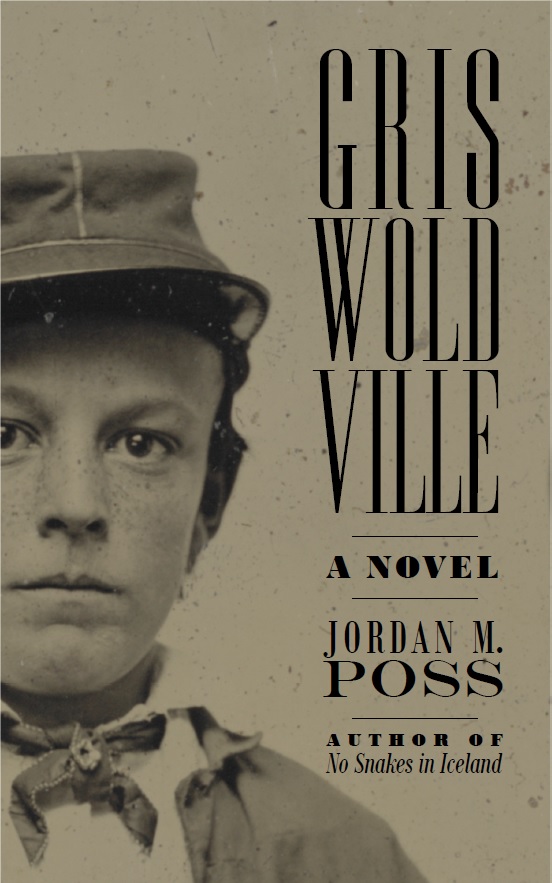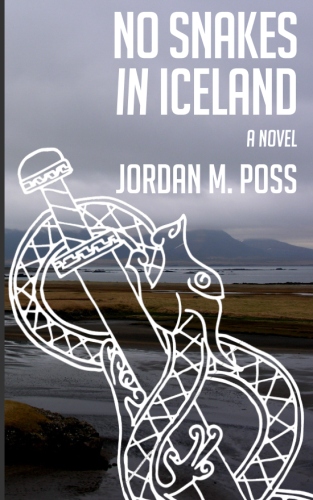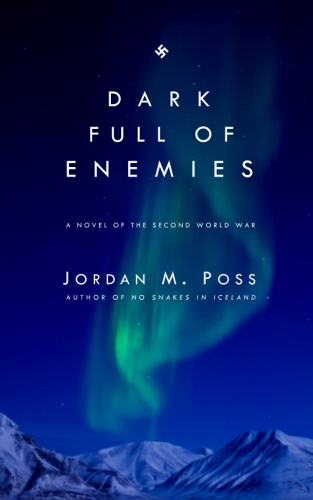I swear we are not making this up
/Anglo-Saxon infantry vs Norman cavalry at Hastings in the Bayeux tapestry
The Rest is History, after a short series on the reigns of Æthelred, Cnut, and Edward the Confessor and a side trip through the life of Harald Hardrada, released a four-part series on 1066 this week. I finished the third episode, on the Battle of Hastings, on my commute this morning. The series is very good, so naturally I’m going to gripe a little about historiography.
The less-well remembered battle of the three in England during the fall of 1066 is Fulford Gate outside York. Here, Harald Hardrada, King of Norway, with Tostig Godwinson—a deposed and exiled eorl and brother of the King of England—landed with his fleet and fought with the fyrd of Mercia and Northumbria under Eorls Edwin and Morcar. Our sources on Fulford Gate are pretty thin, and include the much later and heavily embellished King Harald’s Saga of Snorri Sturluson.
Sandbrook introduces the battle by noting that “the saga’s descriptions of this battle are exceedingly confusing, and historians who claim they know what happened are obviously talking balderdash.” Fair enough. Snorri is a colorful but late and problematic source. Sandbrook goes on:
What seems to have happened is this. Basically, at first, Harald Hardrada’s men are going slightly uphill through all this mud, the Saxons are throwing spears and firing arrows at them, bodies pile up, people are stumbling in the ditch and whatnot. The right hand side, the right wing of Hardrada’s force where Tostig’s mercenaries are, they start to waver we’re told. Now it may be—is that because everyone hates Tostig? Or is this the saga just trying to buttress Harald Hardrada’s reputation dissing Tostig? Who can say.
Sandbrook, who is not typically given to deconstructing sources at this level, excludes an important alternative: Maybe this is simply what happened?
Later, Sandbrook and Holland suggest that Snorri’s account of Harald Hardrada’s death at Stamford Bridge, having been shot in the throat with an arrow, may have been “modeled on” Harold Godwinson’s supposed death at Hastings a month later (as they also suggest stories of bad omens being wittily spun by Harald and William the Conqueror were “modeled on” Caesar in Suetonius). I’d suggest deaths by arrow wound are more easily explicable in unusually large all-day battles like Stamford Bridge and Hastings. As The Battle of Maldon reminds us, “bows were busy.”
Much more sensible is a point Holland makes in the Hastings episode about two very early Norman sources: William of Poitiers’s Gesta Guillelmi and the Carmen de Hastingae Proelio, a Latin verse epic attributed to Guy of Amiens and written probably within a year of the battle. After Sandbrook jokes that a few of the Carmen’s laudatory details about William the Conqueror sound like heroic formulae of the kind Snorri used of Harald Hardrada, Holland avers:
I think it’s unlikely that they would just make up details that everyone would have been able to scoff at. The details may be slightly spiced up. I think that probably the details we’re getting from the Carmen and from William of Poitiers in the main are fairly accurate because there are so many people who’d be reading them that they would know if they weren’t.
Sharp, and broadly applicable. In their postmodern focus on ancient and medieval sources as instruments of control over narratives, modern historians often lose sight of the fact that sources don’t appear in a vacuum, that their authors had contemporaries who could contest self-serving accounts and outright fabrication.
As I’ve written here before, I think ancient and medieval sources simply recorded what happened more often than we, hairsplitters and tweet-parsers, are inclined to believe. Cf. my notes on the modern habit of pooh-poohing anything interesting in a source, on whether the term “propaganda” is really appropriate in the ancient and medieval worlds, and on Tolkien’s observation that an event need not be fake because it feels literary.
Again, a very good series. The greatest praise I can give it is to say that Holland, in narrating King Harold’s death at Hastings—the mystery of which was the subject of my undergraduate thesis—convinced me that some version of the story in the Carmen, with Harold hacked down by Norman cavalry and possibly William the Conqueror himself, is more likely true than the arrow in the eye mentioned in later sources. And on that bombshell…











